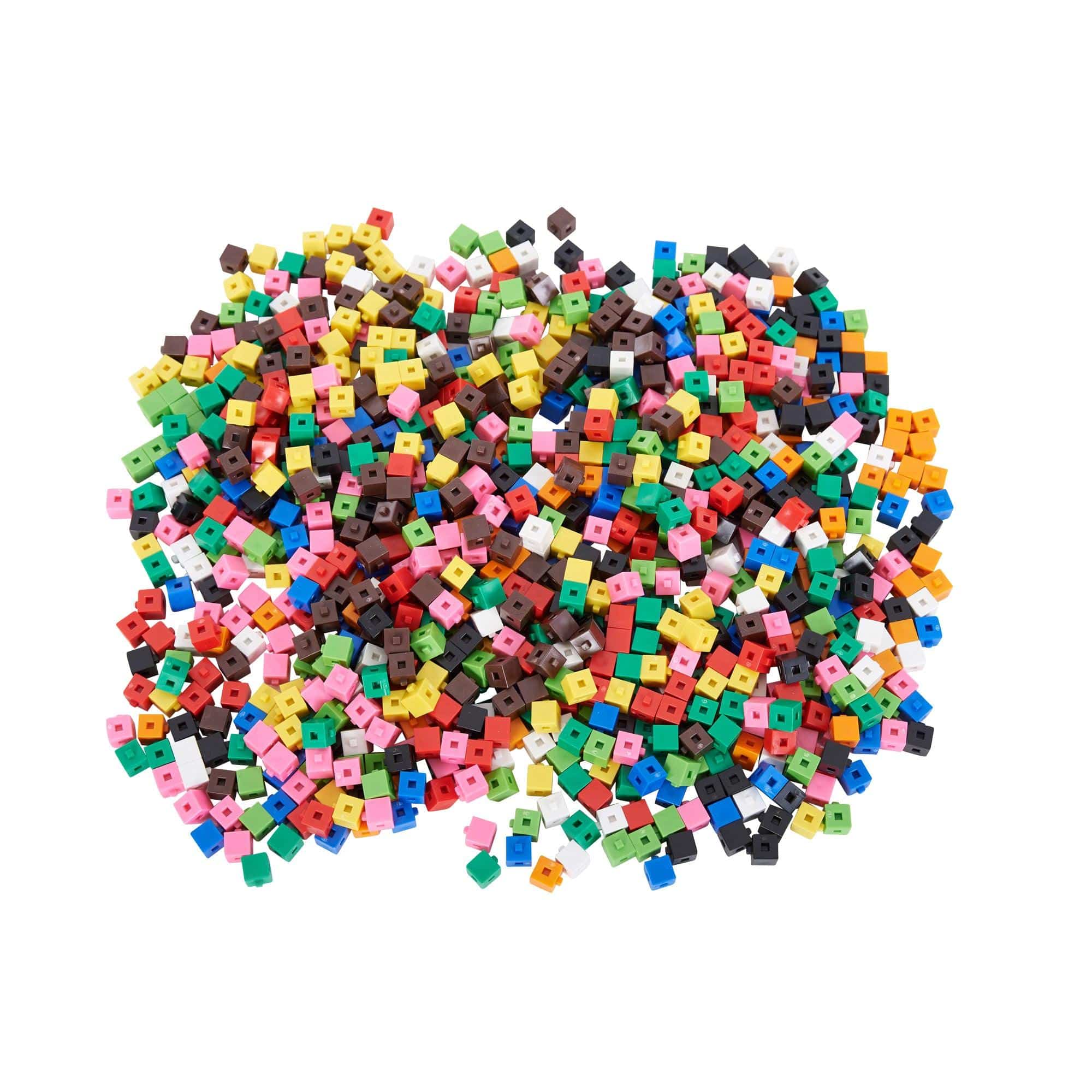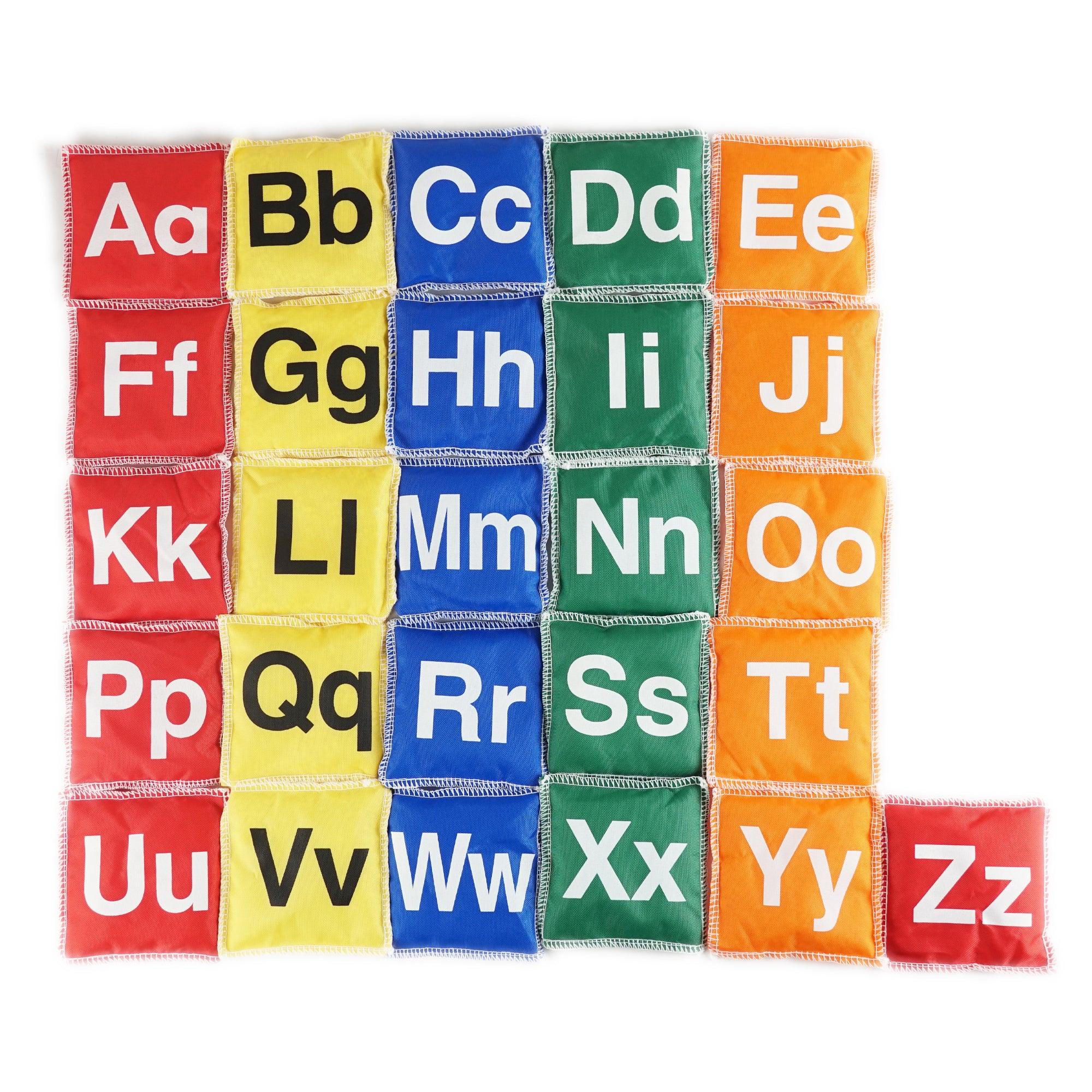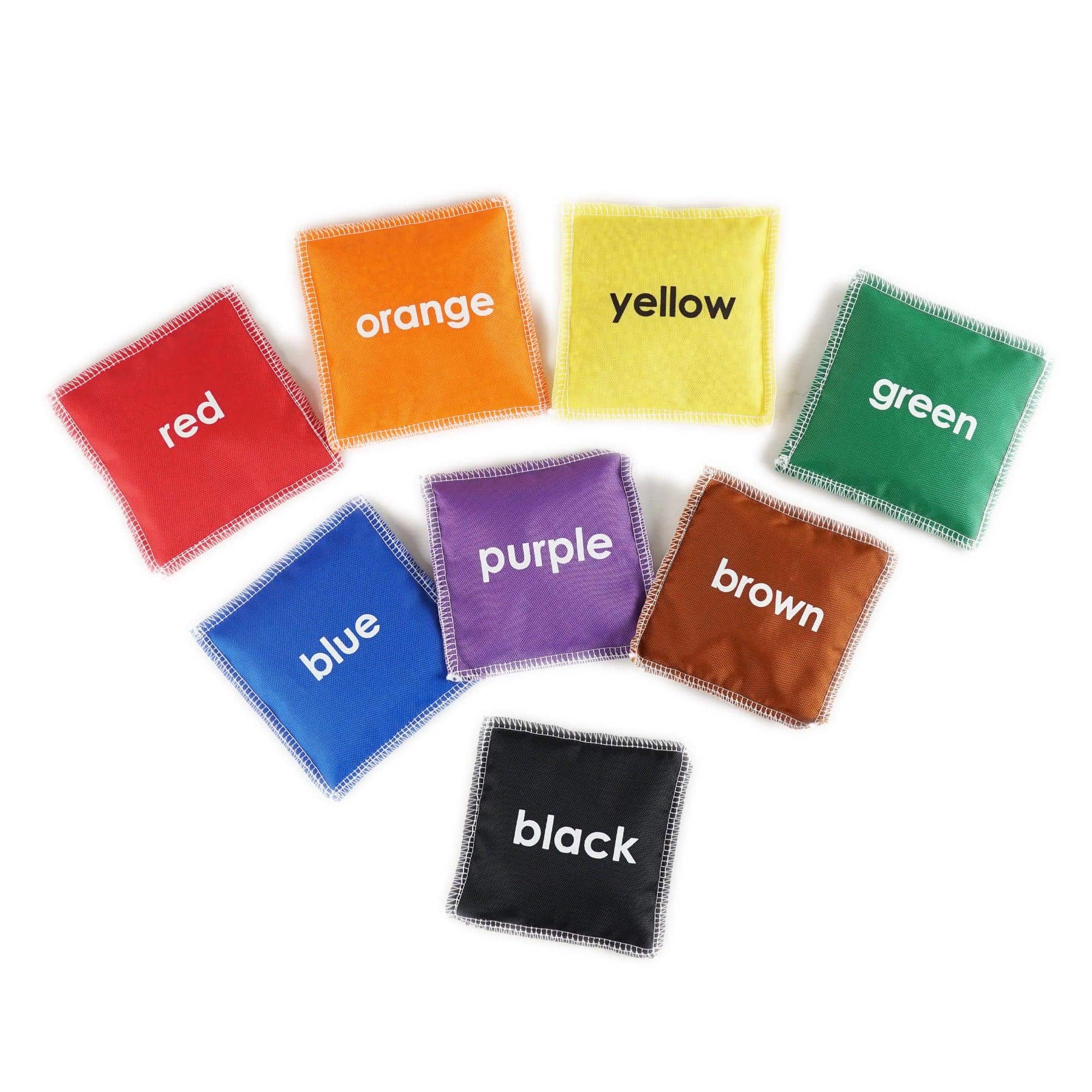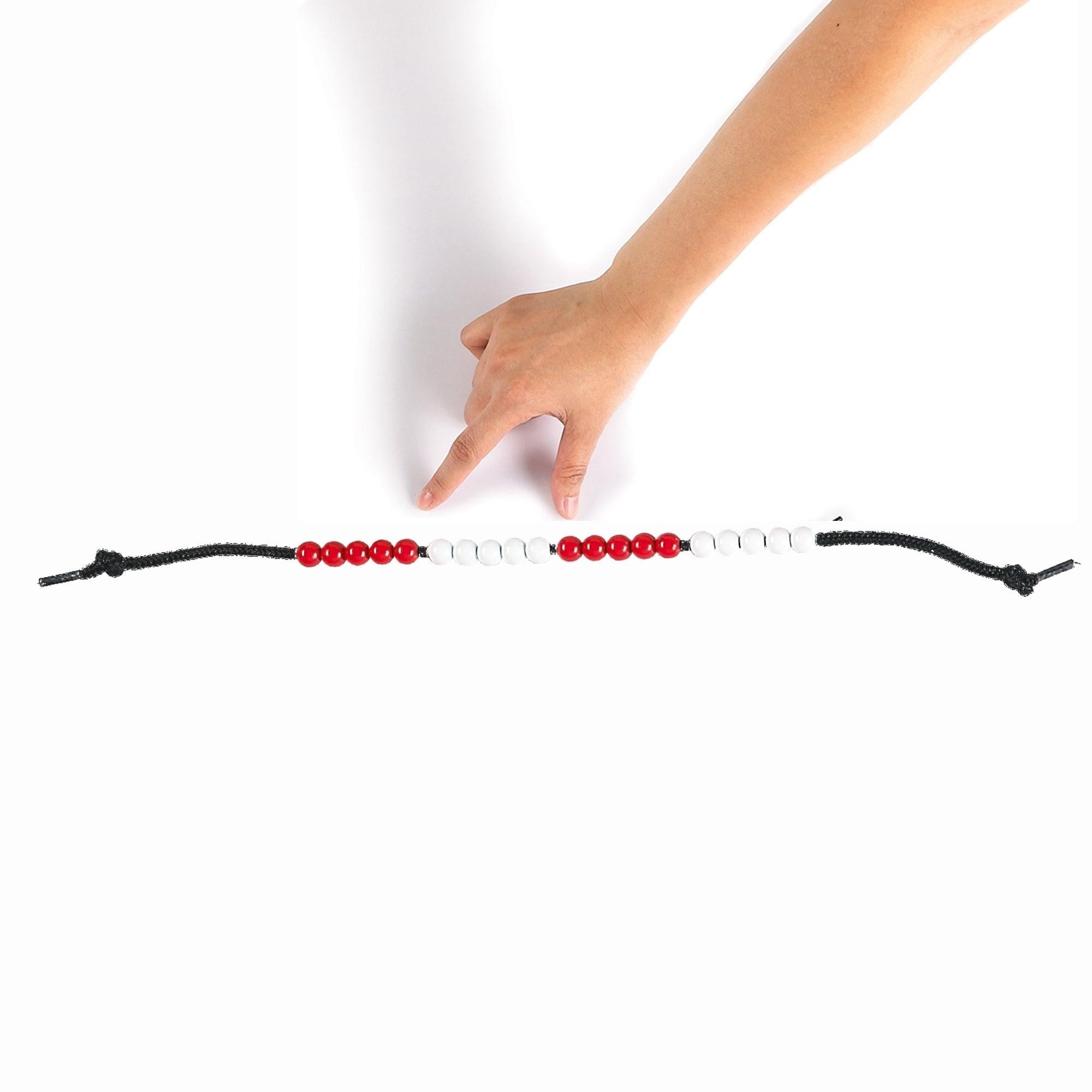The Connection Between Toys and Emotional Intelligence in Adolescence
Adolescence is a crucial phase of development where individuals undergo significant physical, cognitive, and emotional changes. During this transformative period, the influence of toys and play on emotional intelligence cannot be underestimated. As adolescents learn to navigate complex emotions and build self-awareness, the choice of toys can play a pivotal role in fostering emotional growth and resilience.
The Importance of Emotional Intelligence in Adolescence
Emotional intelligence refers to the ability to recognize, understand, and manage one’s own emotions, as well as effectively empathize and communicate with others. It is a fundamental skill set required for healthy relationships, decision-making, and personal well-being. Adolescence, with its myriad of emotional challenges, is an ideal time to nurture and strengthen emotional intelligence.
The Role of Toys in Developing Emotional Intelligence
Toys serve as valuable tools for emotional development during adolescence. They provide opportunities for self-expression, exploration, and learning that directly impact emotional intelligence. Here are some key features of toys that contribute to the development of emotional intelligence in adolescents:
- 1. Role-playing and Pretend Play: Toys that encourage role-playing and pretend play allow adolescents to explore various social and emotional scenarios. By assuming different roles, they learn how to recognize and regulate emotions, empathize with others, and negotiate conflicts.
- 2. Emotional Expression: Toys that promote emotional expression, such as art kits, allow adolescents to externalize their emotions in a safe and creative way. This helps them better understand and manage their own feelings while fostering self-reflection and self-awareness.
- 3. Problem-Solving: Toys that present challenges and require problem-solving skills, such as puzzles or building sets, help adolescents develop critical thinking, decision-making, and emotional resilience. They learn to handle frustration, adapt to setbacks, and persevere until a solution is achieved.
- 4. Social Interaction: Toys that encourage group play, board games, or team-building activities help adolescents enhance their social skills, such as cooperation, communication, and empathy. Through interactions with peers, they develop emotional intelligence in understanding others’ perspectives and managing interpersonal relationships.
- 5. Mindfulness and Relaxation: Toys designed for relaxation, mindfulness, or sensory stimulation, such as stress balls or fidget spinners, can aid adolescents in self-soothing and stress management. These toys promote emotional regulation and provide a sense of calm during times of heightened emotions.
Benefits of Developing Emotional Intelligence through Toys
The use of toys to enhance emotional intelligence in adolescence offers numerous benefits. Some of these include:
- 1. Enhanced Self-Awareness: Playing with toys enables adolescents to reflect on their emotions, understand triggers, and recognize patterns of behavior. This self-awareness forms the basis for emotional growth and self-improvement.
- 2. Improved Empathy: By engaging in pretend play and role-playing, adolescents learn to put themselves in others’ shoes, fostering empathy and understanding of different perspectives. This skill is crucial for building and maintaining healthy relationships.
- 3. Better Regulation of Emotions: Toys that allow emotional expression provide a platform for adolescents to practice managing their emotions in a controlled environment. This promotes emotional regulation and helps avoid impulsive or destructive behaviors.
- 4. Strengthened Problem-Solving Skills: Toys that require problem-solving and critical thinking skills enhance adolescents’ ability to analyze situations, consider different options, and find creative solutions. These skills have long-term benefits in academic and professional settings.
- 5. Enhanced Interpersonal Skills: Toys that encourage group play foster collaboration, communication, and negotiation skills, making adolescents more adept at building and maintaining positive social connections.
Choosing the Right Toys for Developing Emotional Intelligence
When selecting toys for adolescents’ emotional intelligence development, consider the following:
- 1. Age Appropriateness: Choose toys that align with the cognitive and emotional abilities of adolescents. Avoid toys that are either too simplistic or overly complex for their developmental stage.
- 2. Variety: Provide a diverse range of toys to cater to different emotional needs and preferences. This allows adolescents to explore and discover what resonates with them.
- 3. Open-Ended Play: Opt for toys that allow for open-ended play and imagination, as they offer greater opportunities for emotional expression and creativity.
- 4. Safety: Ensure that the toys are safe, free from potential hazards, and comply with applicable safety standards.
- 5. Inclusivity: Consider choosing toys that promote diversity, inclusion, and representation, allowing adolescents to develop a broader understanding of emotions and perspectives.
Conclusion
The connection between toys and emotional intelligence in adolescence is undeniable. By carefully selecting and providing toys that facilitate emotional expression, problem-solving, social interaction, and relaxation, parents, caregivers, and educators can actively contribute to the emotional growth and well-being of adolescents. Investing in toys that foster emotional intelligence sets the foundation for healthier individuals and stronger communities in the future.




